Cloud Transformation
There’s no question that cloud computing is on the rise, with more than 81% of companies running at least one application on cloud technology. The needs of any business are constantly changing, regardless of size or industry.
Microsoft Azure is cloud technology that has been a cornerstone in supporting those changes by processing large amounts of data and letting companies create dynamic and innovative ways of working. Without Microsoft Azure, many businesses would have been unable to work remotely throughout the peak of the pandemic.
Most larger-scale companies are successfully operating via cloud technology. While mid-size and smaller businesses are playing catch up, they’re struggling to harness the total value of what the cloud has to offer by moving applications without a complete digital transformation.
The Purpose of Cloud Transformation
Cloud technology is a big part of data modernization. When companies store something in the cloud, using developments like Microsoft Azure, they’re storing information on secure internet servers instead of computer hard drives.
The cloud is convenient, reliable and allows companies to expand their presence and workforce globally. When explained to those unfamiliar with the cloud, a great example is their email account.
Anyone who has utilized Gmail has used cloud technology, as all of that information is stored on internet servers instead of private computers. When you have to access your email, you can do it from any connected device, which means you do not have to be at home.
Cloud usage is skyrocketing because it provides businesses the means necessary to add to their remote teams and provide instant access to information employees need. There is no question that the cloud is vital to business modernization, notoriously making it easier to perform everyday company tasks such as:
File Storage
Companies can store various information using Microsoft Azure, from client files and employee email accounts.
File Sharing
Cloud-based services make it easy to share files with multiple people at one time. If you’ve ever used Google Documents or a photography website like Unsplash or Flickr, then you’ve taken part in file sharing on the cloud.
Data Backup
One of the most popular reasons companies begin to shift their applications to a cloud-based server is backing up crucial company data. Microsoft Azure can not only back up your files but provide ample protection for them as well.
As cloud transformation becomes more and more necessary, many companies are falling into the trap of moving IT systems to the cloud without executing the transformational strategy needed to harbor every app modernization aspect the cloud can provide.
Operating the cloud isn’t only about company connection and easy data storage. Instead, it’s about a complete and total company-wide digital conversion.
More than Moving a Legacy System to the Cloud
For many businesses, it seems only natural to move old and outdated systems to the cloud and call it a day. Unfortunately, this quick “lift and shift” makes for an overall ineffective usage of the cloud and may even make daily operations more complex.
Using the cloud is less about moving your legacy system and more about a complete and total legacy transformation. Yes, you need these systems because they are critical to the way you run your business, but instead of moving them, revitalize them.
The only way to get the most out of moving your current systems to the Microsoft Azure platform is to consider design deeply. Without the proper attention from a holistic viewpoint and embracing a complete digital transformation, companies place sensitive information on the cloud and face invasions from skilled attackers while lacking innovation and the agility needed to operate totally on the cloud.
So, what’s a company to do to successfully switch to Microsoft Azure?
Start with an Open API Model
Before you jump in and begin shifting your IT systems to a cloud server, step back and evaluate what this switch means to your company. It should represent so much more than easy access to applications and necessary files for your employees.
Successfully applying the use of cloud solutions requires a renovated company outlook. An open API model gives a way to standardize and automate your IT environment. Turning to the cloud to host your applications means adopting a modern security posture and working within an established yet agile operating model.
The cloud can seamlessly help you drive innovative business solutions and leverage new capabilities all-around. Still, before you implement, you have to take these new business stances and enforce them all around. You do not have to recondition your strategic outlook, but it is the only way to get the best performance possible from cloud-based solutions like Microsoft Azure.
When companies see cloud capabilities for what it truly is, the door opens to create a next-generation IT capable of enabling business growth and innovation within a rapidly evolving digital era.
Reaping the Most Value from Microsoft Azure
By now, we’ve established it’s no secret that some companies reap the full benefit of the cloud while others are creating a more complex operating system and wondering where they went wrong. The main difference is that companies that treat their employment of the cloud as a business-technology transformation were undeniably more successful than those that view the cloud as a quick fix.
Your company can successfully gain every drop of value that Microsoft Azure offers, including networking, analytics, and storage capabilities. Before you begin your Azure transformation, you’ll want to ensure that your focus is in the right place.
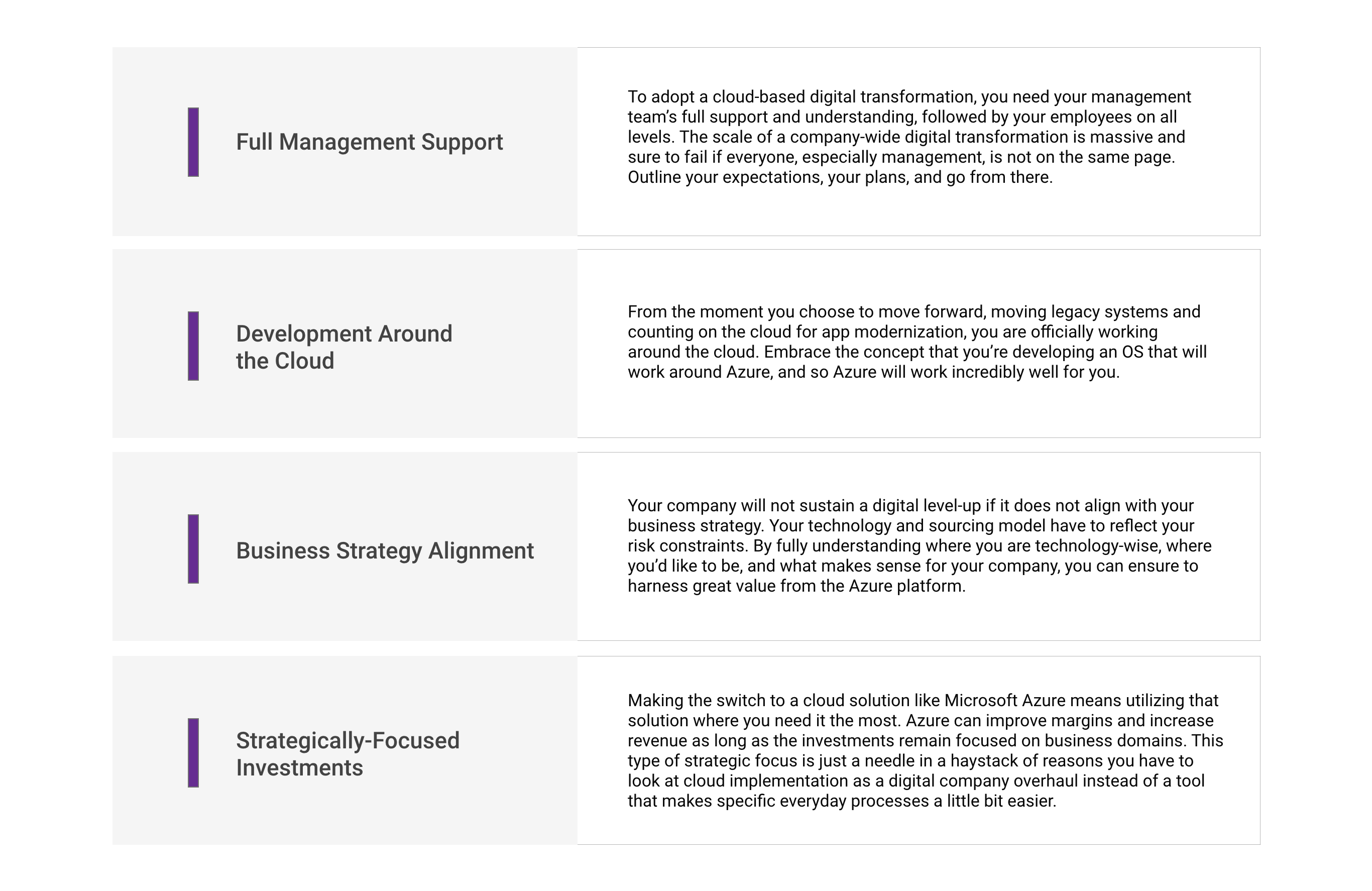
The Complexity of Digital Transformation
Digital transformation is not easy, and if it were, every small to large scale company across the globe would employ it overnight. The sheer volume of work that it takes to enforce digital transformation is staggering and involves significant changes in company economics, processes, and skills, along with organizational modifications.
So often, a digital transformation fails, even with an incredible tool like Azure, simply because the infrastructure change is seemingly impossible to manage. Before you throw in the towel, school yourself on the most common failures of attempted cloud transformation, and take the necessary steps to stop them.

Avoid Transformation Chaos with Azure
A digital transformation is often complex. Ancient organizational structures, authoritarian leadership, and inefficient workflows can hinder a successful digital transformation, but these are also reasons to enforce one. In 2020, companies of all sizes struggled to convert to a remote-based model, and for the most part, lack of time to plan and the inability to accept change were the culprits.
Digital transformation isn’t something that should happen overnight. This change is a massive undertaking and requires careful planning and the construction of a whole new way of working and communicating.
Azure is a fantastic choice digitally, as it provides a broad range of hybrid connections and plenty of security and reliability. With more data centers and delivery points than any other cloud service, Azure is the perfect foundation for your digital transformation rebuild.






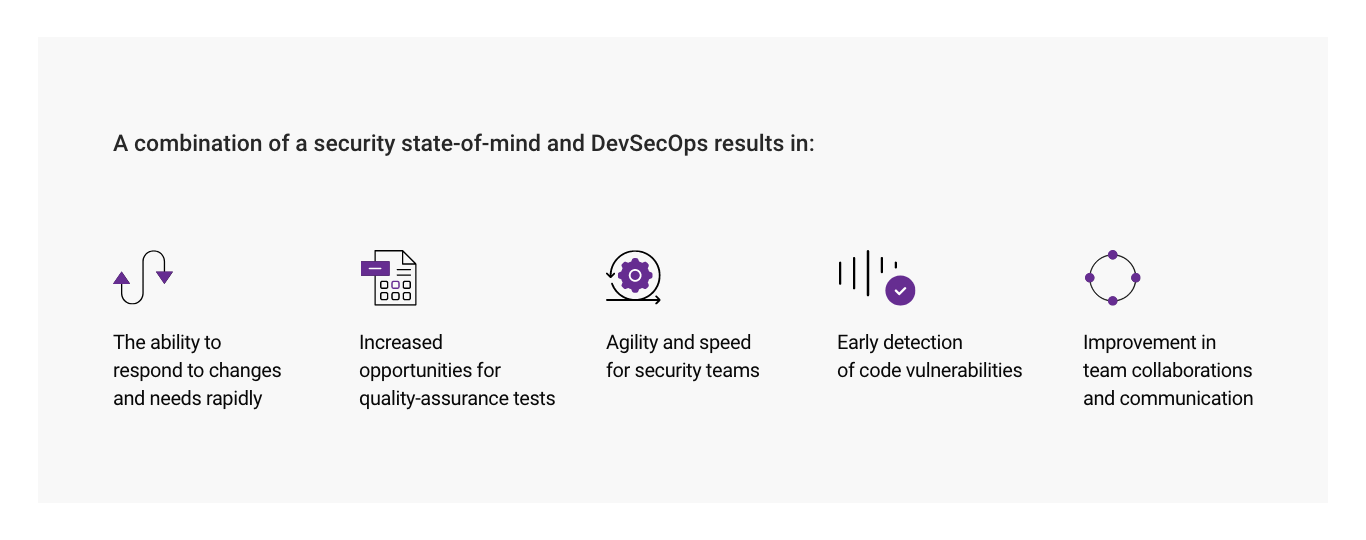

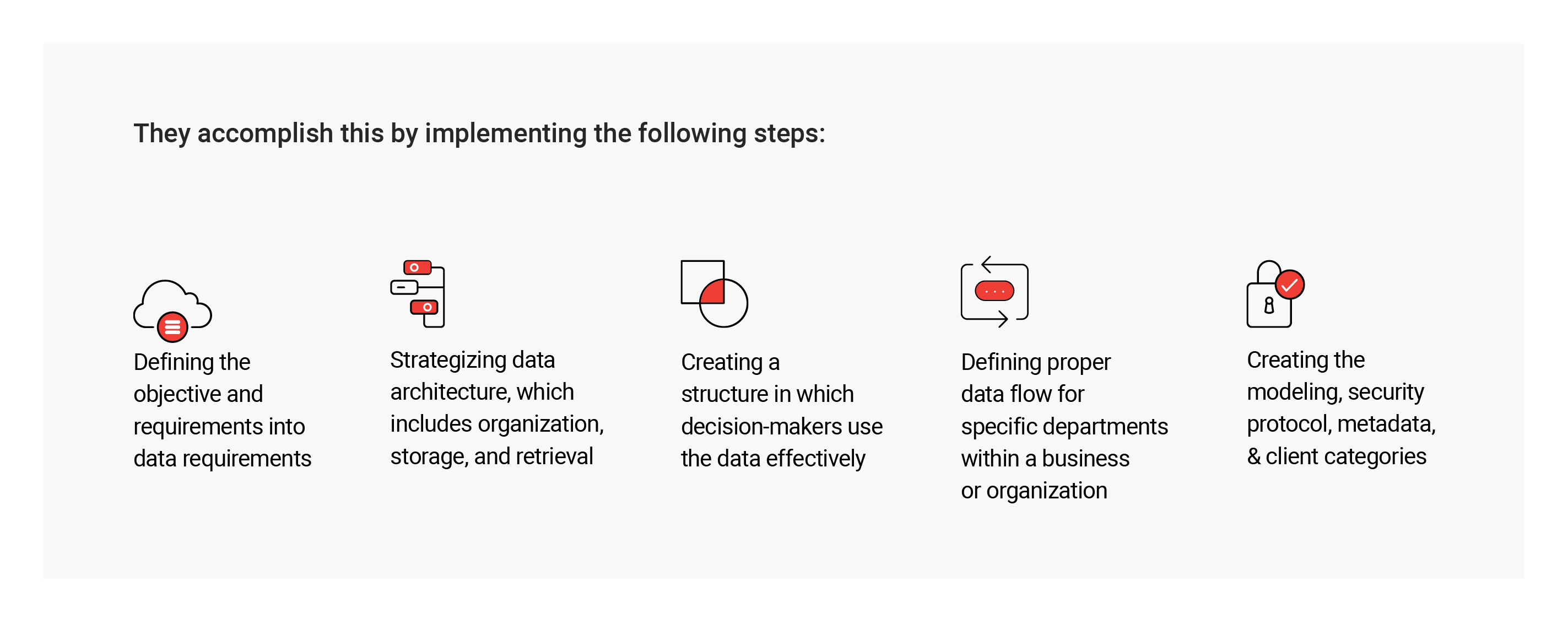
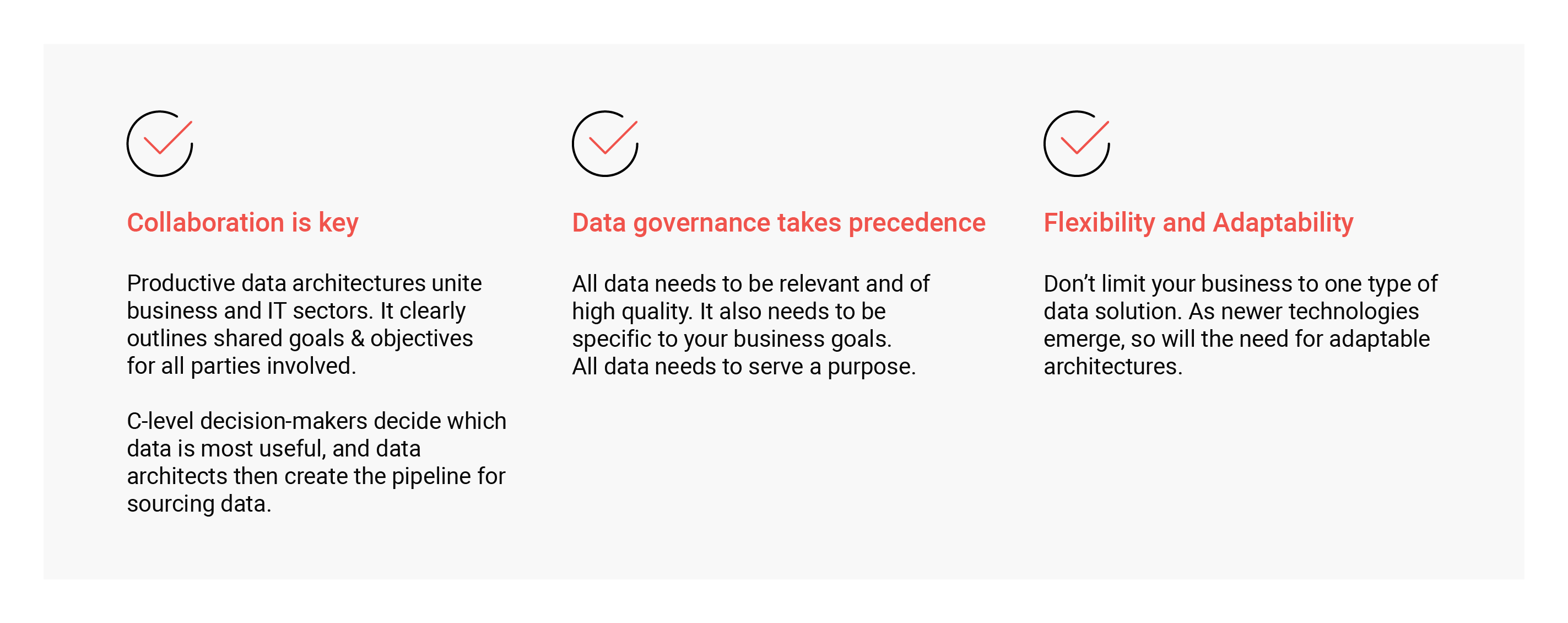

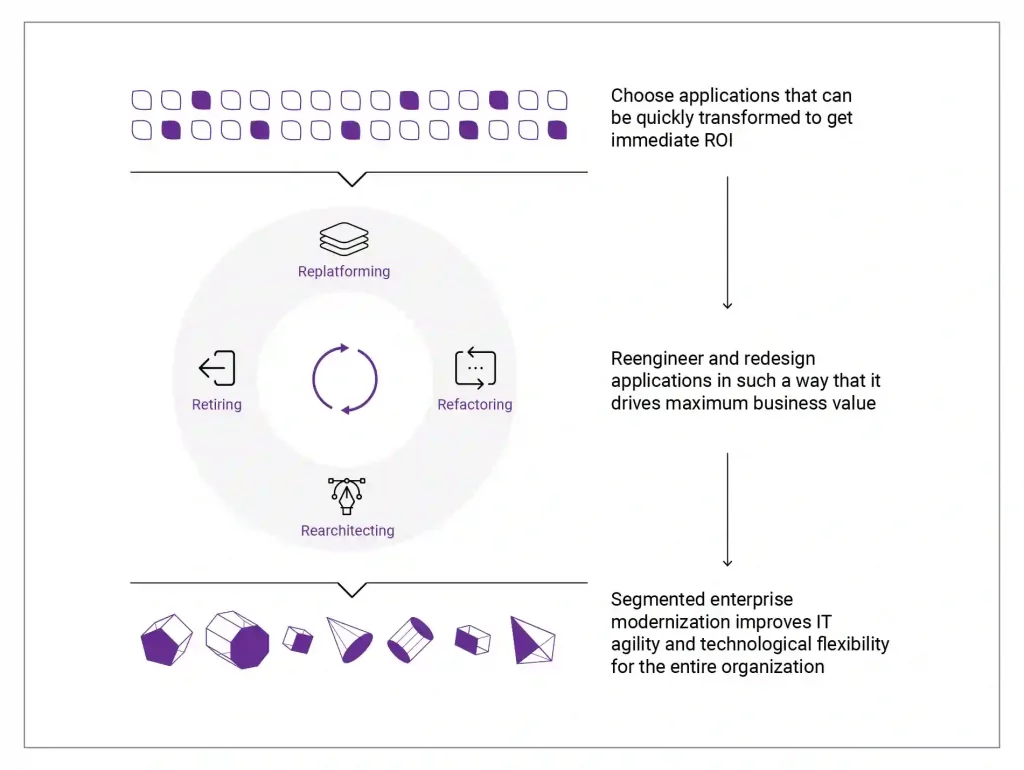








Recent Comments